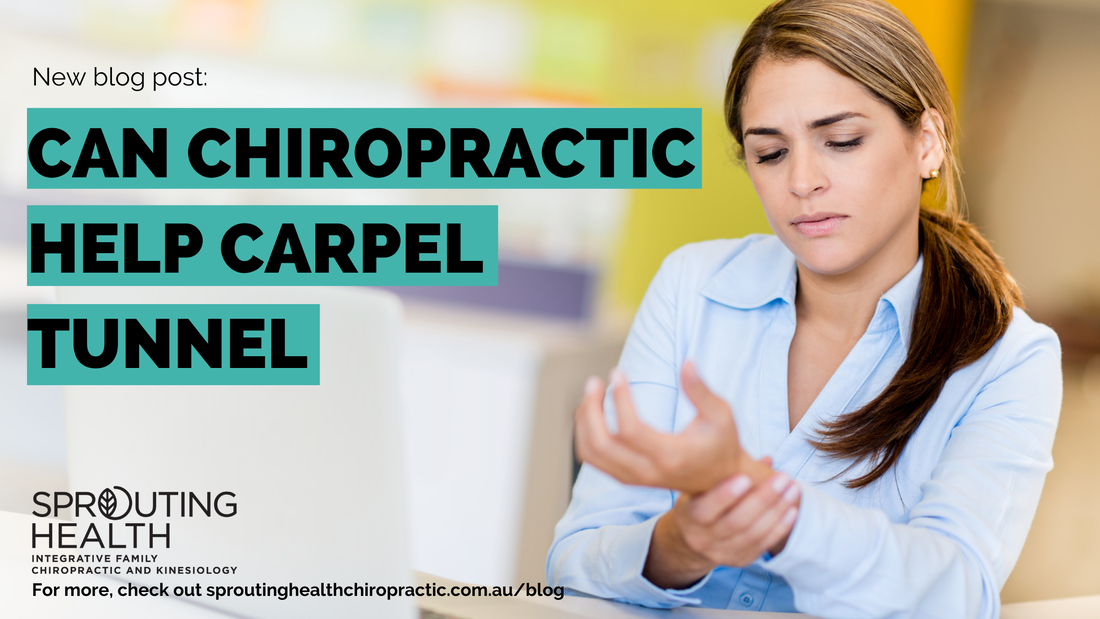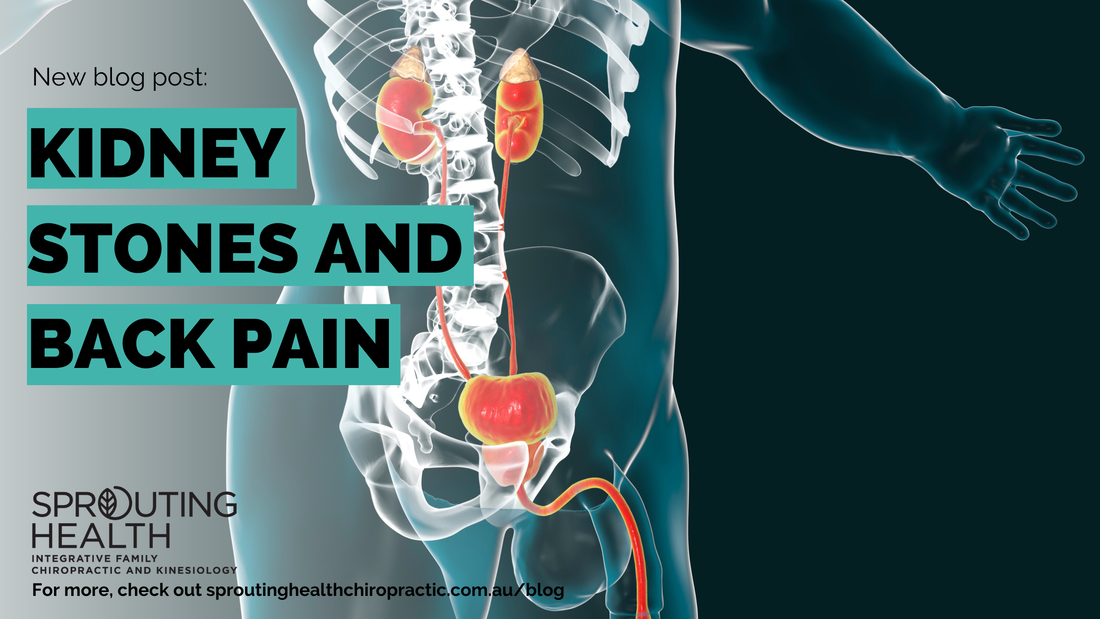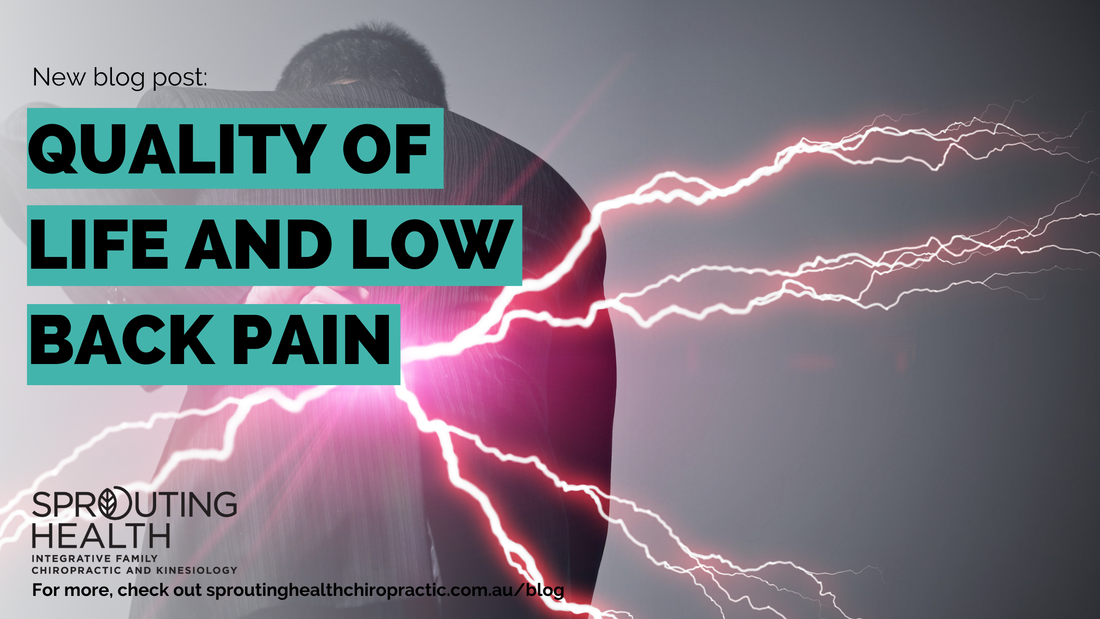|
Carpal Tunnel Syndrome is a common condition that causes pain, numbness and tingling in the hand and arm of the affected individual. It happens when the median nerve gets compressed as it travels through the wrist. The painful feeling may also result in a reduction of grip strength and hand function.
Some risk factors for CTS, include obesity, monotonous wrist activity, pregnancy, genetic heredity and rheumatoid inflammation. An estimated 4%-5% of people suffer from CTS worldwide with the most susceptible population being elderly individuals aged between 40 and 60 years. CTS is more prevalent among women compared to men. The management of CTS depends on the severity. In most circumstances, a trial of conventional treatment is encouraged on patients. This would include physical therapy, therapeutic ultrasound, corticosteroids and surgery if needed. Chiropractic is also a form of conventional treatment that can also be helpful for CTS. A study in 2019 looked at the management of CTS with multimodal therapy including a combination of manipulation of the cervical spine and wrist. 13 Carpal Tunnel cases were confirmed by electrodiagnostic tests and were treated with nonsurgical conservative care. Outcomes were tracked over 10 weeks using the Carpal Tunnel Questionnaire. This study suggests that a multimodal conservative care for CTS, including a combination of cervical and wrist manipulation, provided favorable outcomes. However, due to the study being limited, there needs to be further research to delineate the best conservative care for CTS. Reference:
1 Comment
Have you or your loved one experienced the relentless pain from kidney stones? We are going to discuss how you can minimise your chance of getting unwell from it!
What is the odds of getting kidney stones? Kidney stone disease is a crystal concentration formed usually within the kidneys. It is affecting 12% of the population globally, 1 in 11 in the US population, and occurs more often in males within the age range of 20-49 years old.(1) The crystal formation process is multifactorial and it is difficult to pinpoint what could be the main cause. To put it simply, crystallisation could occur when a solution contains more of dissolved minerals than could be dissolved by the solvent under normal circumstances.(1) Eg: Keep adding salt or sugar in to a solution, eventually the solution will be saturated and the salt or sugar will remain in solid form). Why do chiropractors care about this? Patient with kidney stone can show up to a chiropractic practice due to its symptoms, such as acute lower back pain, muscle spasm, nausea, vomiting and fever.(1) We also do know that kidney stones have been associated with an increased risk of chronic kidney diseases, end-stage renal failure, cardiovascular diseases, diabetes, and hypertension.(1) The symptoms of kidney stone may seem to be localised to a single origin, it is also suggested it could be a systemic disorder linked to metabolic syndrome.(1) Factors that could lead to the disease including climate, dietary, mineral composition, water intake and more.(1) What can we do? Prevention is always better than cure! Here are some tips to help minimise your chances of getting kidney stones.
There is orthopaedic testing available to help diagnose kidney stone. If you have lower back pain or suspect you are at a higher risk of having kidney stone, talk to one of our chiropractors and see whether we can help manage your concern. Bibliography 1. Alelign T, Petros B. Kidney Stone Disease: An Update on Current Concepts. Advances in Urology. 2018;2018:3068365. Low back pain is the primary cause of years lived with disability worldwide, across 126 countries over the last 3 decades (1). It affects the overall quality of life, ranging from family life to work life for those who suffer from it. Do you or a loved one experience low back pain? This is an important article that could make the world of difference to you.
“Back and neck pain currently account for the highest healthcare expenditure in the US, estimated at $134.5 billion in 2016” (2) With the current literature indicating that commonly used therapies, ranging from opioids to spinal fusions, can lead to serious side effects with little impact on the overall pain experience (3,4). Current evidence based guidelines recommend more conservative and non-pharmacological approaches first, which include chiropractic spinal adjustments (5). It is important to get on top of low back pain, as it is seen in military service members, where low back pain is associated with poorer mental health and overall quality of life (6). In a recent research literature, where 733 active-duty military personnel with low back pain were looked at; they were allocated to two different groups, one group received usual medical care and the other group received usual medical care and chiropractic care. The participants were given Patient-Reported Outcome Measurement Information System, which are questionnaires to measure the patients outcome from the care provided. It was found that there were statistically significant differences favouring those who received usual medical care together with chiropractic care, which demonstrates that chiropractic care impacts health-related quality of life beyond pain and pain-related disability (7). Though further studies would help further substantiate these findings, the results so far are quite positive. If you want to find out if chiropractic may help manage low back pain for you or your loved ones, have a chat with one of our chiropractors to see how they can assist. “Improving our overall quality of life is important for not only ourselves but our loved ones” 1. Roberts, N.L., Mountjoy-Venning, W.C., Anjomshoa, M., Banoub, J.A.M. and Yasin, Y.J., 2019. GBD 2017 Disease and Injury Incidence and Prevalence Collaborators. Global, regional, and national incidence, prevalence, and years lived with disability for 354 diseases and injuries for 195 countries and territories, 1990-2017: a systematic analysis for the Global Burden of Disease Study (vol 392, pg 1789, 2018). Lancet, 393(10190), pp.E44-E44. 2.Dieleman, J.L., Cao, J., Chapin, A., Chen, C., Li, Z., Liu, A., Horst, C., Kaldjian, A., Matyasz, T., Scott, K.W. and Bui, A.L., 2020. US health care spending by payer and health condition, 1996-2016. Jama, 323(9), pp.863-884. 3. Krebs EE, Gravely A, Nugent S, et al. Effect of opioid vs nonop- ioid medications on pain-related function in patients with chronic back pain or hip or knee osteoarthritis pain: The SPACE Randomized Clinical Trial. JAMA 2018;319(9):872–82. 4. Chou R, Deyo R, Friedly J, et al. Systemic pharmacologic thera- pies for low back pain: A systematic review for an American College of Physicians Clinical Practice guideline. Ann Intern Med 2017;166(7):480–92. 5. Qaseem A, Wilt TJ, McLean RM, Forciea MA. Noninvasive treatments for acute, subacute, and chronic low back pain: a clinical practice guideline from the American College of Physicians. Ann Intern Med. 2017;166:514–30. 6. Watrous, J.R., McCabe, C.T., Jones, G., Farrokhi, S., Mazzone, B., Clouser, M.C. and Galarneau, M.R., 2020. Low back pain, mental health symptoms, and quality of life among injured service members. Health Psychology, 39(7), p.549. 7. Hays, R.D., Shannon, Z.K., Long, C.R., Spritzer, K.L., Vining, R.D., Coulter, I.D., Pohlman, K.A., Walter, J.A. and Goertz, C.M., 2022. Health-Related Quality of Life Among United States Service Members with Low Back Pain Receiving Usual Care Plus Chiropractic Care vs Usual Care Alone: Secondary Outcomes of a Pragmatic Clinical Trial. Pain Medicine, 23(9), pp.1550-1559. |
AuthorBlogs by the team at Sprouting Health Archives
July 2024
Categories |




 RSS Feed
RSS Feed
